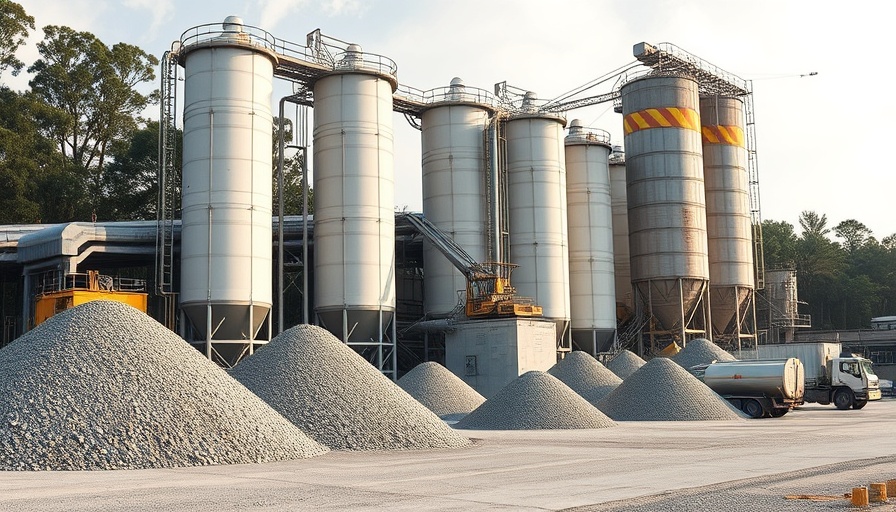
The Rising Heat: Challenges of Indian Summers
Summers in India bring relentless heat and humidity, with soaring temperatures often lingering between 32 to 40°C. This extreme weather significantly impacts façades, structures, and comfort levels inside homes and businesses alike. An often-overlooked aspect of this issue is the detrimental effect of heat on roofs. Roofs are major components of a building that can absorb considerable heat, leading to dangerously high indoor temperatures and accelerated damage to the roofing materials.
How Solar-Reflective Coatings Provide Relief
Solar-reflective protective coatings have emerged as a practical solution to mitigate these concerns. By acting as a shield, these coatings reflect solar radiation rather than absorbing it, thereby reducing heat penetration into buildings. This not only assists in maintaining a cooler indoor environment but also protects roofing materials from the harmful effects of extreme temperatures.
Cooling Elements and Energy Efficiency
The benefits of solar-reflective coatings extend beyond comfort; they can lead to significant cost savings. For instance, structures where these coatings are applied see a substantial reduction in energy costs, as they lower the demand for air conditioning. By decreasing the interior temperature—often by more than ten degrees—this innovative technology can reduce the reliance on temperature-regulating systems, resulting in lower energy bills and a lighter carbon footprint.
Longevity and Maintenance Savings
Investing in solar-reflective coatings not only enhances energy efficiency but also prolongs the lifecycle of roofs. By shielding them from UV rays and extreme heat, these coatings minimize damage and reduce the frequency and costs of repairs. Essentially, an upfront investment can lead to long-term financial savings by diminishing maintenance expenses.
A Versatile Solution for Multiple Surfaces
One of the remarkable features of solar-reflective coatings is their versatility. These coatings can adhere to a variety of surfaces, including metal, concrete, and asphalt, making them suitable for different buildings. This adaptability offers both residential and commercial property developers ample options when considering protective solutions for their investments.
Combatting the Urban Heat Island Effect
In addition to individual benefits, the use of solar-reflective coatings can contribute to addressing broader environmental issues such as the urban heat island effect. Urban areas often experience elevated temperatures due to extensive heat absorption by buildings and roads. By reflecting more sunlight and heating up less, solar-reflective coatings could play a crucial role in cooling urban environments locally, making cities more livable and sustainable.
Final Thoughts: Why You Should Consider Solar-Reflective Coatings
For business owners, property developers, and facility managers, understanding the advantages of solar-reflective protective coatings is essential. From reducing energy costs to ensuring the longevity of structures, these coatings represent a smart, eco-friendly decision in today’s climate-conscious world. By opting for solar-reflective solutions, you are not just enhancing the sustainability of your buildings; you’re also contributing to a healthier planet and community.
 Add Row
Add Row  Add
Add 




Write A Comment